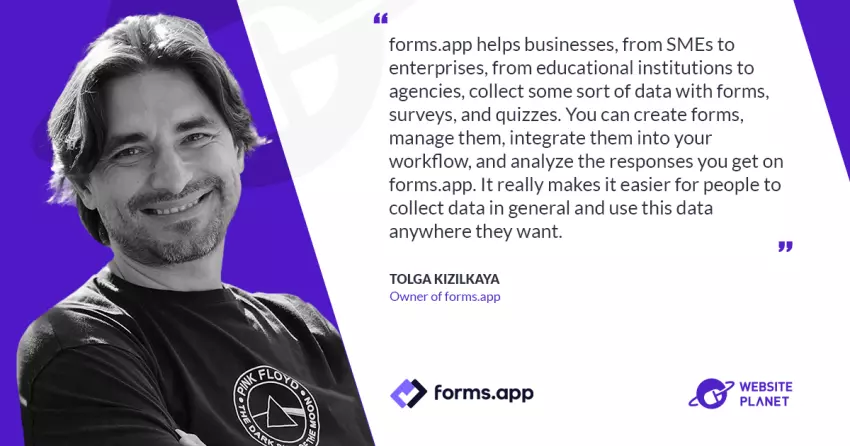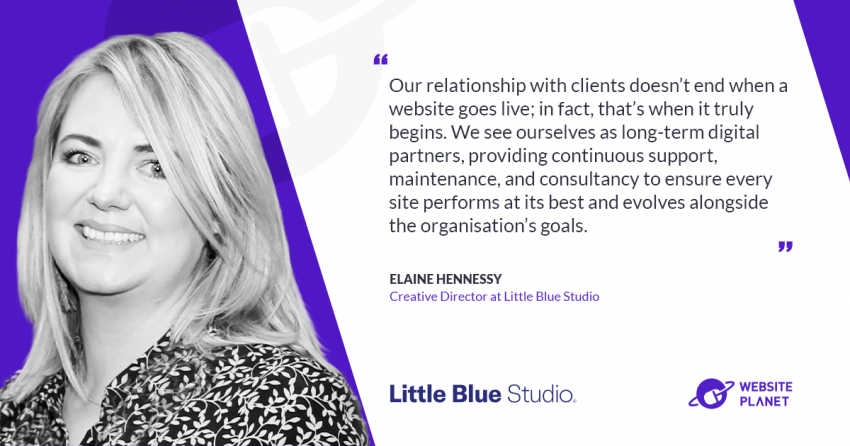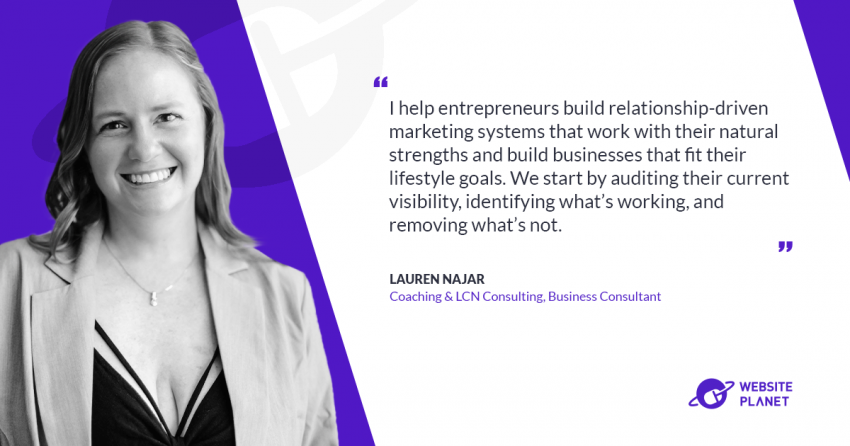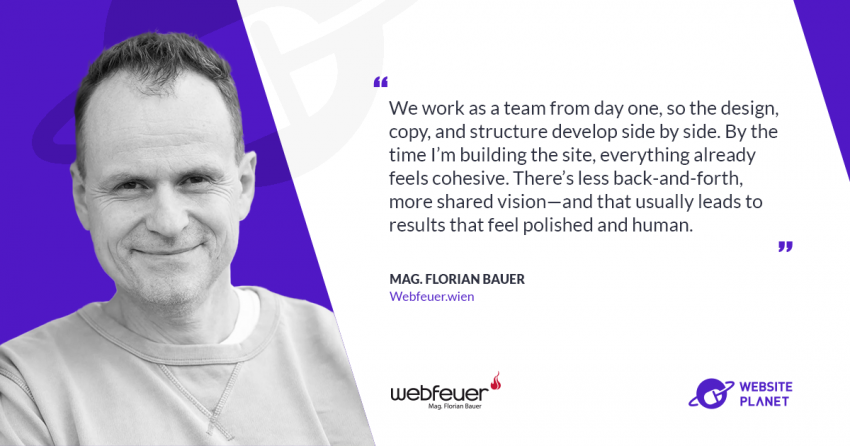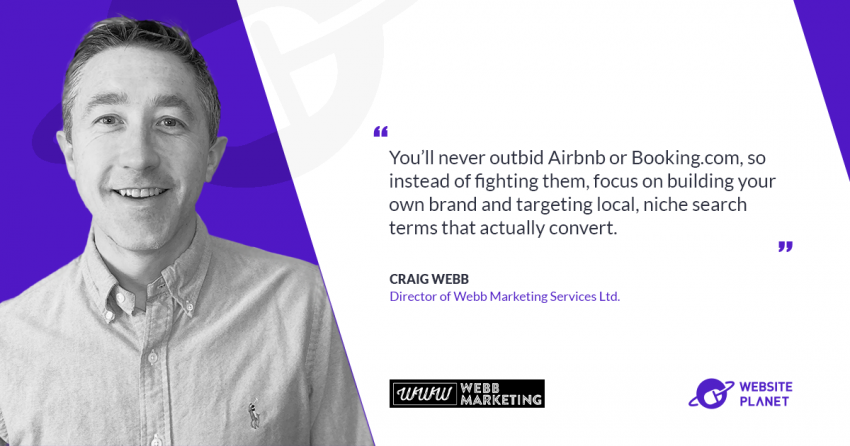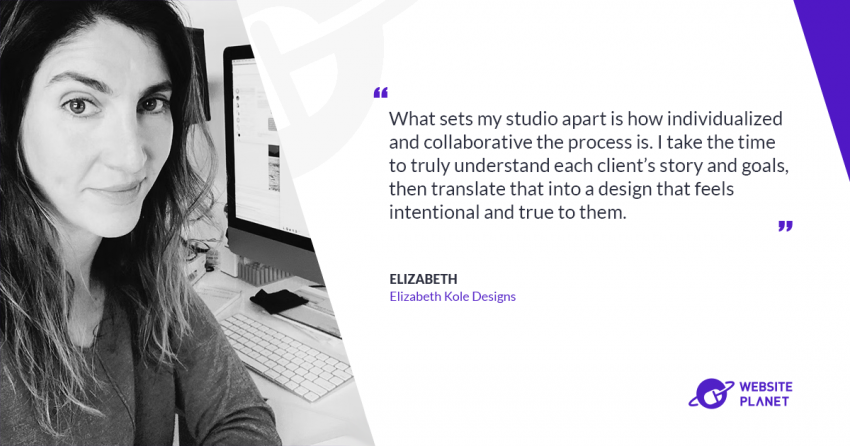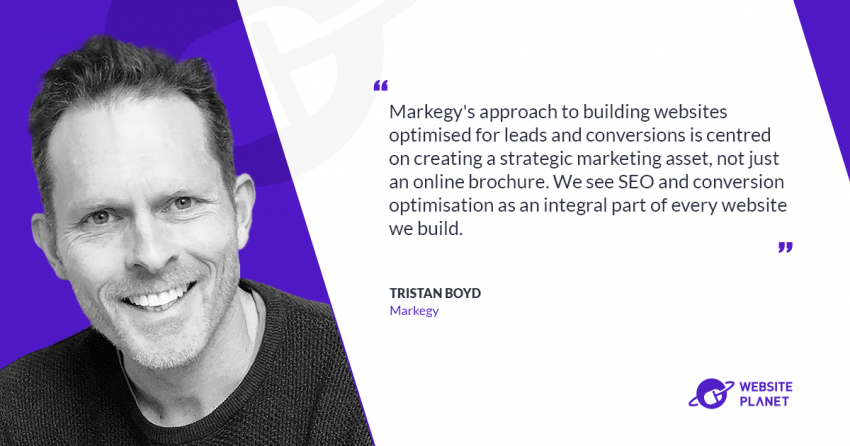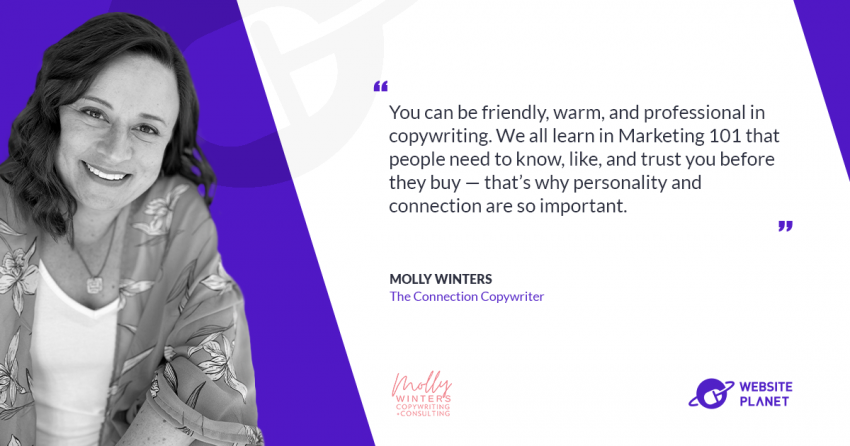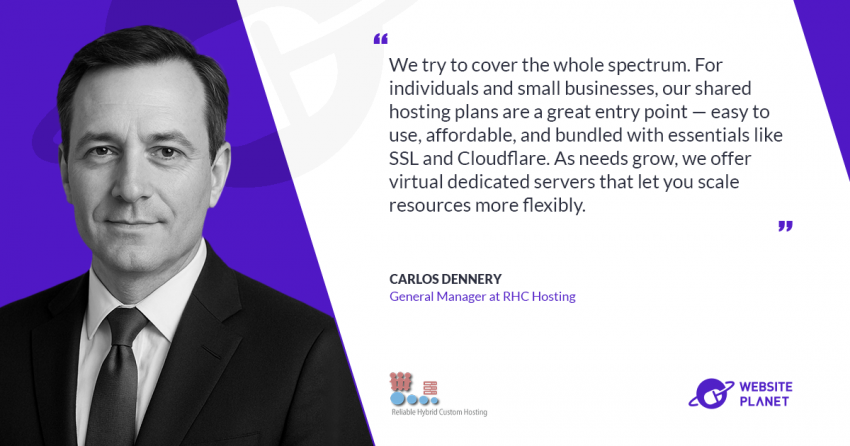In a world where every business depends on data, forms.app stands out by making data collection smarter, faster, and more intuitive.
In his interview with Website Planet, founder Tolga Kizilkaya shares how the platform evolved from a simple form builder into a powerful AI-driven tool that empowers businesses of all sizes. From AI-generated forms and intelligent question tuners to insightful analytics, forms.app is transforming how teams create and manage information workflows.
With simplicity and innovation at its core, the company is shaping a future where collecting and understanding data feels as natural as having a conversation.
As a founder, can you tell us what forms.app is, and who is it for?
You might already guess by its name, forms.app is a form builder app for businesses. The term “form” here is nuanced because we use forms as a broader concept. When you think about it, a form is a means of collecting information, and this can be for anything, such as applications, registrations, reports, surveys, and quizzes, too. Because in essence, all of them are a form, a form of collecting data.
So, forms.app helps businesses, from SMEs to enterprises, from educational institutions to agencies, collect some sort of data with forms, surveys, and quizzes. You can create forms, manage them, integrate them into your workflow, and analyze the responses you get on forms.app. It really makes it easier for people to collect data in general and use this data anywhere they want.
Since the last interview, I noticed AI is integrated into the app’s core. How does AI help with forms?
Yes, AI is everywhere now, and it has become a norm for apps so fast. I’d also argue it is being overused in some cases. At forms.app, we did a lot of brainstorming sessions on how to offer AI features that are actually helpful. The first thing that came to mind, and the first thing we did, was letting people create forms by just typing what they want. We were the first ones to do this in our market, and it was a success; we had really great feedback on this. People use this feature to cut down maybe half of the work, because AI already adds the necessary questions; all you have to do is go over it and finish the work.
Then we added additional features. One of them is the question tuner. We noticed both users and our own team are constantly looking for alternative ways to ask a question. So, we added a question tuner that appears as a small icon when you are typing a question, and that gives you many alternatives to ask your questions in a friendly, formal, and other ways.
There is also the AI insights feature that only activates if users want it. It basically analyzes the statistics of your form and gives you smart insights. This has so many potential benefits, and we are exploring ways to improve this.
Combine these with forms.app’s friendly design and you have a product that is easy to use from end to end.
In addition, we are making AI agents an integral part of our business processes. At this point, we even have active AI Team Members.
They play a key role across all of our workflows, analysis, code development, code review, and marketing. They join us in sprints and actively participate in every aspect of our team’s processes. This is a truly exciting development for us.
Of course, we could talk about this for hours, but maybe that’s a topic we should save for another interview 🙂
Speaking of design, forms.app has a really intuitive and simple UI. How do you plan and manage the user experience within the app?
The simplicity is always the objective for us when adding a new capability. The product design team does a great job here, with all the research and planning. But at the core, it’s the simplicity and care; this is how we think, and it shows on the product.
Are there any tools that you follow or get inspiration from?
I think any app, any website you use has some effect on you. Sometimes, you have a bad experience, and sometimes you envy how they make users flow through a process. Both teach a great deal.
Personally, I follow the changes in my tool stack and some established tools, like Atlassian products and Monday. But recently, the newly founded, up-and-coming project has surprised me the most with their creativity and the experience they offer. Bilal, our head of UI, follows many tools and stays on top of recent changes, trends, and all.
In your market, many tools offer similar features, such as conditional logic and built-in calculators. How do forms.app, how would any app stand out in such an environment?
Yes, some aspects are prerequisites to be a form builder. I think it is the same for other markets as well; you must offer custom domains to be a website builder, for example. But when you take a few steps forward, the needs and requirements become diverse. Because, as I mentioned, form is a broad term. Some businesses need forms for capturing leads, some need them for event registrations, some need a way to conduct surveys, and some need to collect payments. So it gets so deep so quickly. There is always something you can offer that others don’t.
But offering features alone doesn’t always cut it. It gets harder to keep simplicity, and what’s more, your competition can develop the same features too. So you need to combine features with good experience and build trust by being reliable and responsive. That’s what we are trying to achieve.
What do you pay attention to when developing forms.app? How do you set your priorities?
That’s a great question, perhaps even one of the most important ones. We actually rely on two very valuable sources.
The first is our users. Their feedback is incredibly important to us. We carefully review everything they share with us and always make sure to integrate it into some part of our project plan.
The second is our teammates. Everyone on the team has deeply internalized the project, so we trust their opinions and instincts as well. Instead of saying “Our competitors are doing this, let’s do the same,” we focus on what our users really need and discuss how we can deliver it in the simplest and most effective way.
Can you tell more about your pricing model, especially your free plan? For some products, it’s for testing only, and for some, it is a strategy for adoption. Where do forms.app sits in this scale?
It’s a good observation. Both are valid and good options depending on the services you offer. At forms.app, we are leaning towards the latter. We offer a free plan that’s actually helpful to users. Unlike other apps, we do not lock the main features, such as form fields, behind a paywall. Some small businesses can get value and use it for years, and for enterprise businesses, it aims to provide a testing ground.
The differences can easily be seen when you compare forms.app’s pricing to the pricing of other players in the market. Most tools offer 10k responses at their best plan, and it is almost always more pricier than forms.app offers 100k responses per month without requiring a custom plan. This is one of the details that shows the reliability of our app, especially when it comes to collecting larger amounts of data. I believe forms.app offers the best value in all its plans.
With the AI boom, data workflows and automation also started to get attention. Do you think forms.app can find a place here as well?
Yeah, it’s a natural place as well. For most workflows, you need some sort of incoming data. Form submissions were, and have been, the trigger for automations even before the recent AI trends. AI has made automations easier, and this also impacts us. forms.app is already available with some popular automation tools like Zapier, and we are working on making it more available for people who build automations for their business or for a living.
Another topic that’s ever-present in the tech industry in these years is privacy and security. How do forms.app help users stay compliant?
Both privacy and security are prerequisites for any app that handles data in any way. At forms.app, this is our priority, as well. From training to tests, we take the necessary steps. We keep the data in the EU and take every precaution to protect user data. We are proud that we have a spotless history on this matter.
Looking ahead, can you give hints about what you’re working on right now at forms.app?
We’ve recently made major changes in the app’s design as a part of our rebranding efforts. Now, we have shifted our focus to listening to our users and working on what’s important to them. It involves how users handle their data after creating and using forms. I believe powering users with data tools and making it simple for everyone have been and will continue to be the key to success in the B2B apps.
As I mentioned earlier, we plan to further integrate AI into all of our processes, not only to simplify user experiences but also to create a more intuitive product. We know that in just a few years, a new era is coming where many of our tasks will be solved simply by talking to AI models.
For example, preparing a survey for upcoming screenless technologies will be as easy as saying: “Create a poll asking which movie we should go to and share it with my colleagues in our WhatsApp group.” The popular AI tool will do the job, but using forms.app.
forms.app will be part of this new world.
